The Great Chili Pepper Showdown: Surviving the Super Chili Pepper Heat Scale
Introduction: The Heat is On!
Let’s face it — not all chilies are created equal. Some gently whisper “I’m spicy,” while others scream it at the top of their lungs while setting your tongue on fire. If you’ve ever bitten into a chili expecting mild delight only to find yourself gasping like you’ve just inhaled a dragon’s breath, then welcome to the club! This article takes you through the wild world of the super chili pepper heat scale, where Scoville units rule supreme and sanity often goes up in flames.
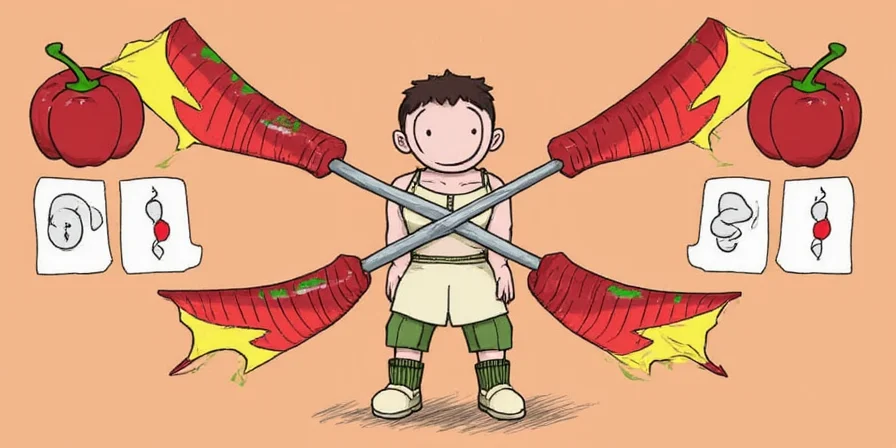
What Exactly Is the Super Chili Pepper Heat Scale?
The super chili pepper heat scale isn’t some secret government project or alien technology (although sometimes it feels that way). It’s part of the famous Scoville scale, developed by chemist Wilbur Scoville in 1912. The scale measures the capsaicin content in peppers, which is the stuff that makes your mouth feel like it’s being lit on fire.
Capsaicin isn’t just for show; it serves a purpose in nature too. For plants, it deters mammals from eating them (because they don’t help spread seeds), while birds, who aren’t affected by capsaicin, can feast away without consequence. So yes, your dog might think twice about nibbling on a jalapeño, but a bird? Not so much.
| Chili Pepper | Heat Level (SHU) |
|---|---|
| Bell Pepper | 0 SHU |
| Jalapeño | 2,500 – 8,000 SHU |
| Habanero | 100,000 – 350,000 SHU |
| Ghost Pepper (Bhut Jolokia) | ~1,000,000 SHU |
| Carolina Reaper | 1,400,000 – 2,200,000 SHU |
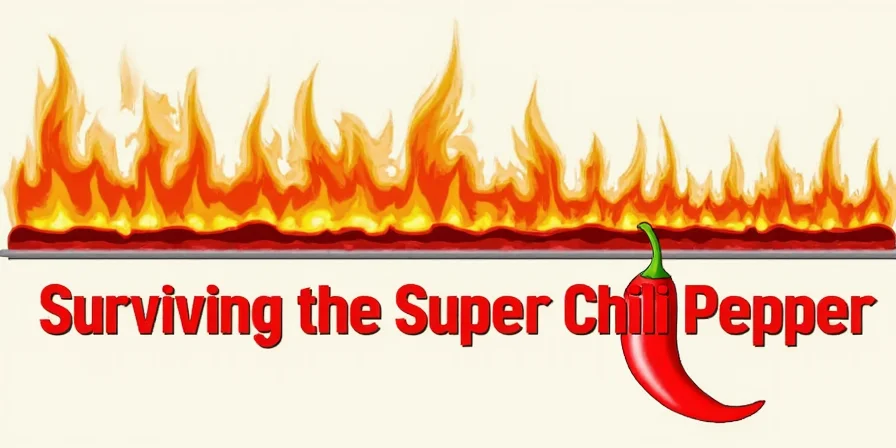
Top 5 Chilies You Should Try (With Caution)
- Pepper X: Clocking in at over 3 million SHU, this one is still unofficially recognized but has been touted as the spiciest known chili pepper. Approach with extreme caution.
- Dragon’s Breath Chili: At around 2.48 million SHU, this UK-bred pepper is allegedly hot enough to cause anesthesia if touched. Yeah, no joke.
- Carolina Reaper: Officially holds the Guinness World Record for spiciest chili. Think nuclear meltdown levels of spice with fruity undertones. Don’t eat it before bedtime.
- Trinidad Moruga Scorpion: These little devils have been tested to exceed 2 million SHU under stress conditions. Perfect for when you want to impress your friends… or make them regret their life choices.
- Naga Viper: A hybrid beast that tops out at 1.4 million SHU. It’s fast, it’s furious, and it will ruin your day if you’re not prepared.
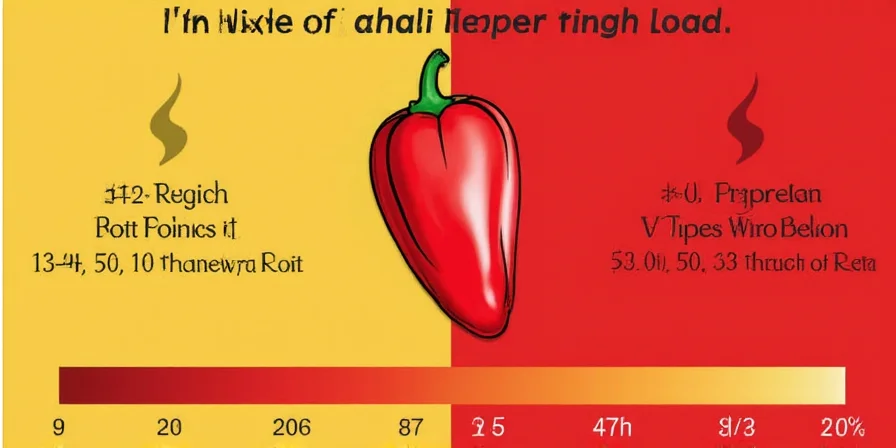
Survival Tips: How to Handle the Firestorm
If you're going to dive headfirst into the super chili pepper heat scale, you’d better be ready for battle. Here are some essential tips to keep your dignity (and your mouth) intact:
1. Wear Gloves — Yes, Really
Capsaicin doesn’t care if you're experienced or not. Touching raw super-hot chilies without gloves is like poking a sleeping tiger with a stick. You’ll regret it. Use nitrile gloves, not latex—they actually work against capsaicin oils.
2. Avoid Your Face Like It’s a Pandemic
Washing your hands after handling hot chilies is great... until you forget and scratch your eye. Then suddenly, your day becomes an impromptu horror film titled: Burned by Capsaicin. Always double-check your fingers before touching any sensitive areas.
3. Milk > Water
When your mouth feels like it's hosting a barbecue, reach for milk instead of water. Capsaicin is fat-soluble, not water-soluble. That means dairy products—especially whole milk—are your best bet for soothing the burn. Got milk? Good. Now go get scorched.
4. Build Up Gradually
Don’t jump straight into Reaper territory unless you’ve got something to prove (or are filming a video for YouTube fame). Start with milder peppers and let your palate adapt. Rome wasn’t built in a day, and neither is a fireproof tongue.
5. Know When to Tap Out
If your vision starts to blur and your stomach sounds like a volcano, it’s time to surrender. No one wins a bravery award for refusing to admit defeat. Listen to your body—it’s screaming at you already.

Why Do People Love Super-Hot Peppers Anyway?
It seems counterintuitive—why would anyone willingly subject themselves to pain? Well, science says there’s a reason behind the madness. Capsaicin triggers the release of endorphins, those happy brain chemicals that make you feel euphoric after a good run—or a good spicy meal. In other words, chilies give you a natural high.
Some people enjoy the thrill of pushing their limits, kind of like riding roller coasters or watching horror movies. Others love the flavor complexity of hot peppers, especially varieties like ghost peppers or reapers, which offer sweet and smoky notes beneath the searing heat.
Fun Facts You Probably Didn’t Know
- The Scoville scale originally relied on human taste testers. Scientists would dilute chili extracts with sugar water until the heat was undetectable. Imagine having that job description!
- You can grow your own super-hot peppers at home with the right conditions—just be sure to label everything clearly so the kids (or roommates) don’t accidentally grab a Carolina Reaper thinking it’s a bell pepper.
- Capsaicin is used in topical creams to relieve arthritis and nerve pain. So technically, eating hot food might be a form of self-medication… maybe.
- There are even chili-eating contests held worldwide. Winners receive bragging rights, minor cash prizes, and probably a lifetime supply of milk.
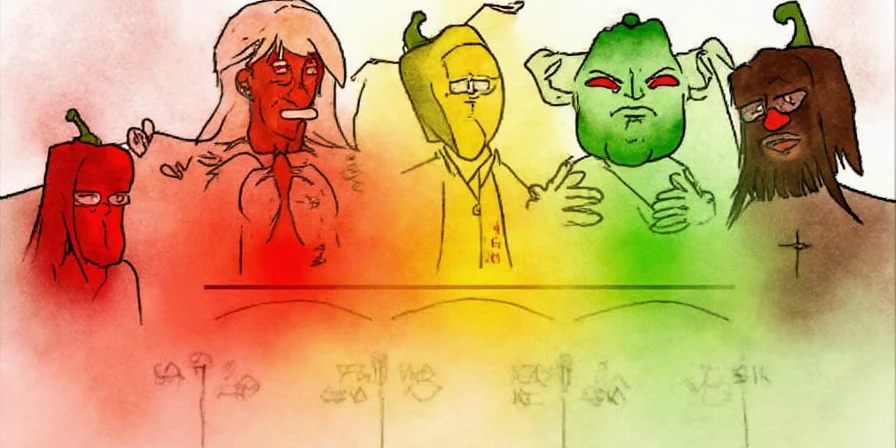
Conclusion: Respect the Heat
Whether you're a casual snacker or full-on fire-breather, understanding the super chili pepper heat scale is key to surviving your next culinary adventure. From the innocent bell pepper to the unhinged Carolina Reaper, each chili tells its own story of heat, flavor, and evolutionary genius.
So next time you’re cooking with chilies, remember: knowledge is power—and milk is your friend. Stay spicy, stay safe, and most importantly… know your limits. Unless you're looking to break a personal record or set a new benchmark in suffering. In that case, Godspeed and may your refrigerator always be stocked with dairy.
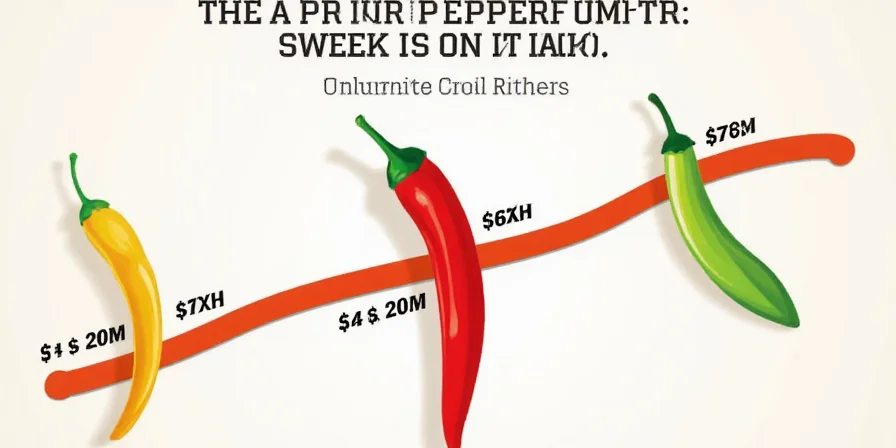

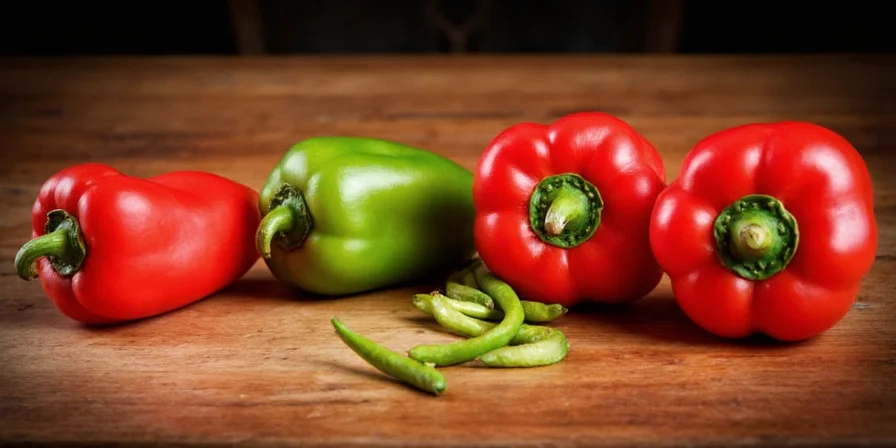









 浙公网安备
33010002000092号
浙公网安备
33010002000092号 浙B2-20120091-4
浙B2-20120091-4